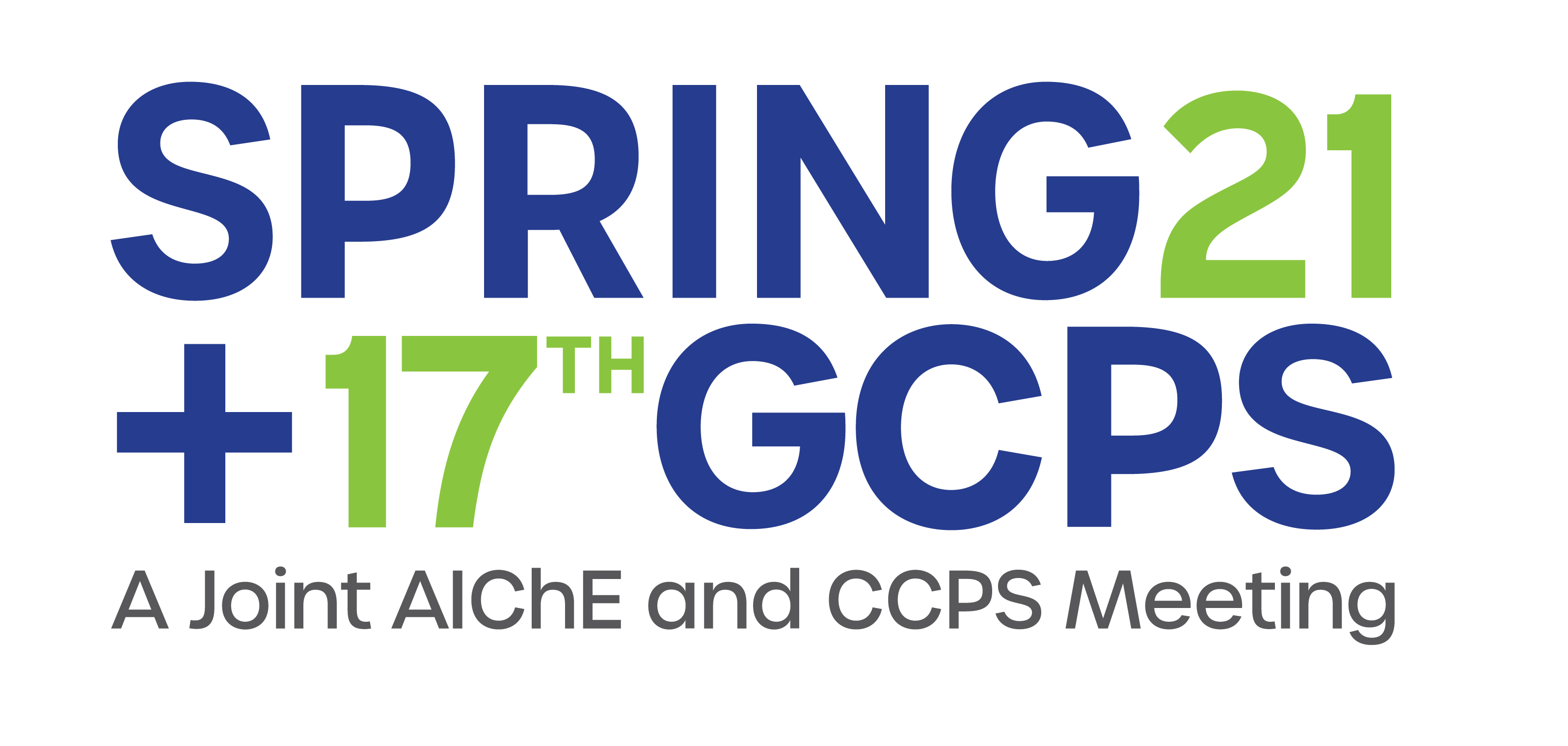

Plastic waste pyrolysis oils contain a vast amount of heteroatoms and metals which are the main driver for corrosion, fouling and catalyst poisoning in industrial steam cracking plants. 6 Contaminants are therefore the crucial aspect to evaluate the steam cracking feasibility, a knowledge gap still to be closed.
Our results show that plastic waste pyrolysis oils exceed the typical feedstock specifications employed in steam crackers substantially for several contaminants. These are, for instance, sulfur (up to 1700 ppm vs. 500 ppm max.), nitrogen (up to 10000 ppm vs. 200 ppm max.), oxygen (up to 38000 ppm vs. < 1 ppm max.), chlorine (up to 5000 ppm vs. 3 ppm max.), lead (up to 37 ppm vs. 0.1 ppm max.) and iron (up to 99 ppm vs. 0.001 ppm max.). In short, a pyrolysis oil produced from post-consumer plastic waste requires substantial upgrading to meet the current specifications set for naphtha or other liquid steam cracker feedstocks, with hydrogen based technologies being the most effective for the removal of heteroatoms. This will be illustrated with some case studies. Pretreatment of the feedstock and improved sorting of the plastic waste can also help to decrease contaminant levels, in some cases with an order of magnitude.
- Okuwaki A, Yoshioka T, Asai M, Tachibana H, Wakai K, Tada K. The Liquefaction of Plastic Containers and Packaging in Japan. In: Scheirs J, Kaminsky W, eds. Feedstock Recycling and Pyrolysis of Waste Plastics2006:663-708.
- Österlund H, Rodushkin I, Ylinenjärvi K, Baxter DC. Determination of total chlorine and bromine in solid wastes by sintering and inductively coupled plasma-sector field mass spectrometry. Waste Management. 2009/04/01/ 2009;29(4):1258-1264.
- Miskolczi N, AteÅŸ F, Borsodi N. Comparison of real waste (MSW and MPW) pyrolysis in batch reactor over different catalysts. Part II: Contaminants, char and pyrolysis oil properties. Bioresource Technology. 2013/09/01/ 2013;144:370-379.
- Kumagai S, Grause G, Kameda T, Yoshioka T. Simultaneous Recovery of Benzene-Rich Oil and Metals by Steam Pyrolysis of Metal-Poly(ethylene terephthalate) Composite Waste. Environmental Science & Technology. 2014/03/18 2014;48(6):3430-3437.
- Siddiqui MN, Gondal MA, Nasr MM. Determination of trace metals using laser induced breakdown spectroscopy in insoluble organic materials obtained from pyrolysis of plastics waste. Bulletin of Environmental Contamination and Toxicology. 2009;83(1):141-145.
- Toraman HE, Dijkmans T, Djokic MR, Van Geem KM, Marin GB. Detailed compositional characterization of plastic waste pyrolysis oil by comprehensive two-dimensional gas-chromatography coupled to multiple detectors. J. Chromatogr. A. Sep 12 2014;1359(0):237-246.
Presenter(s)
Language
Pricing
Individuals
| AIChE Member Credits | 0.5 |
| AIChE Pro Members | $19.00 |
| Fuels and Petrochemicals Division Members | Free |
| AIChE Graduate Student Members | Free |
| AIChE Undergraduate Student Members | Free |
| AIChE Explorer Members | $29.00 |
| Non-Members | $29.00 |
